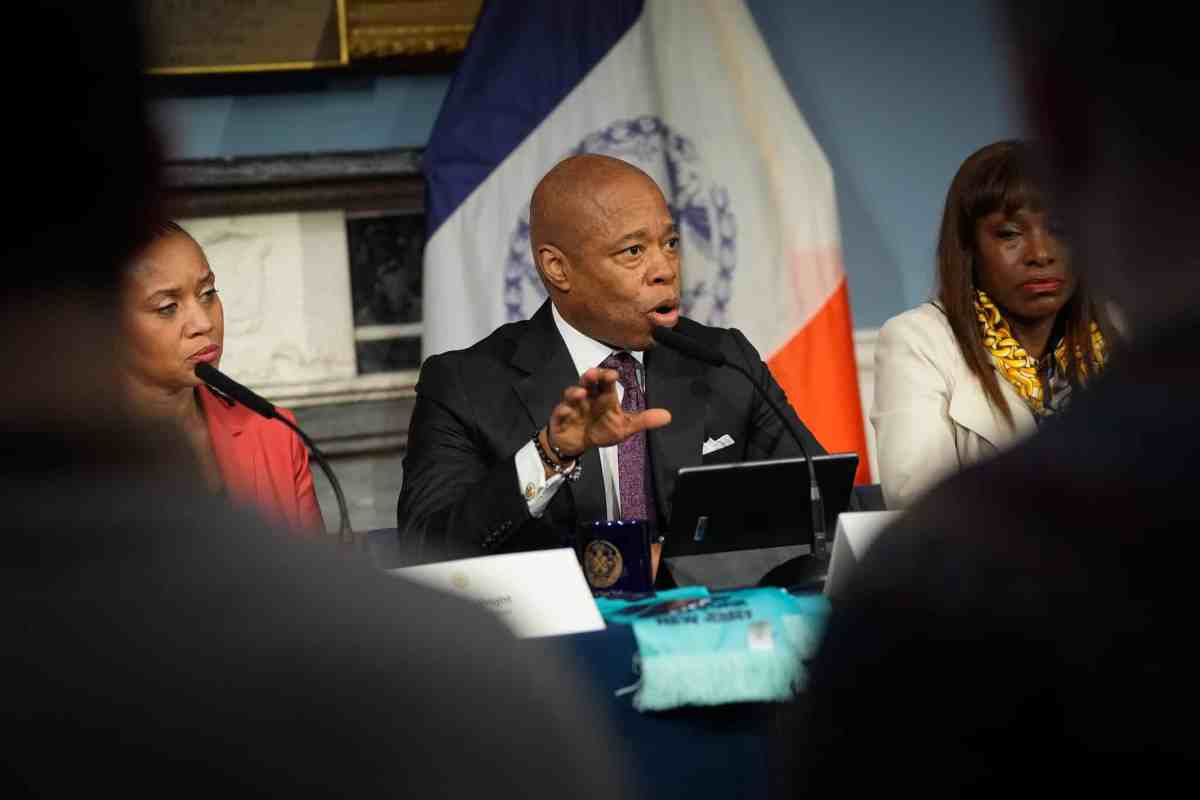Voting picked up in Queens on Election Day, but still not enough people could muster the strength or interest to get themselves to the polls. The decisive races were held back in September during the primaries and even a contest as closely followed as the Tony Avella-John Liu face-off failed to rouse more than 13 percent of registered Democrats from their lairs.
Early voting patterns Nov. 4 indicated the governor’s race had shaken loose more voters in Queens, part of a state with one of the lowest voter turnouts in the nation.
The Democratic Party is so dominant in Queens that there are few matches in which challengers from other parties have a shot at winning. The county’s Republican Party has been eviscerated by internal warfare and was incapable of mounting a strong GOP candidate against any sitting lawmaker this year.
City Councilman Eric Ulrich is the only Republican left standing in the borough after Councilman Peter Koo of Flushing converted to the Democratic side of the aisle and U.S. Rep. Bob Turner lost a re-election bid.
There is little incentive for an elected official to campaign vigorously if there is no opponent in the field, which means year after year incumbents are returned to office in this borough without having to defend their records.
What do they stand for? What have they done?
Even when some lawmakers face opponents with light resumes from third parties, they avoid interviews with the local papers that want to discuss their views on issues. Or they ask members of their staff to respond to criticism from their rivals rather than talking directly to the reporters.
Elected officials have a responsibility to let the people they represent know what position they take on legislation affecting their districts. Sending out a newsletter several times a year doesn’t cover all the bases.
The electorate should hear from their constituents at public forums or town halls, but some lawmakers are rarely seen.
No wonder far too many Queens voters are staying home.































